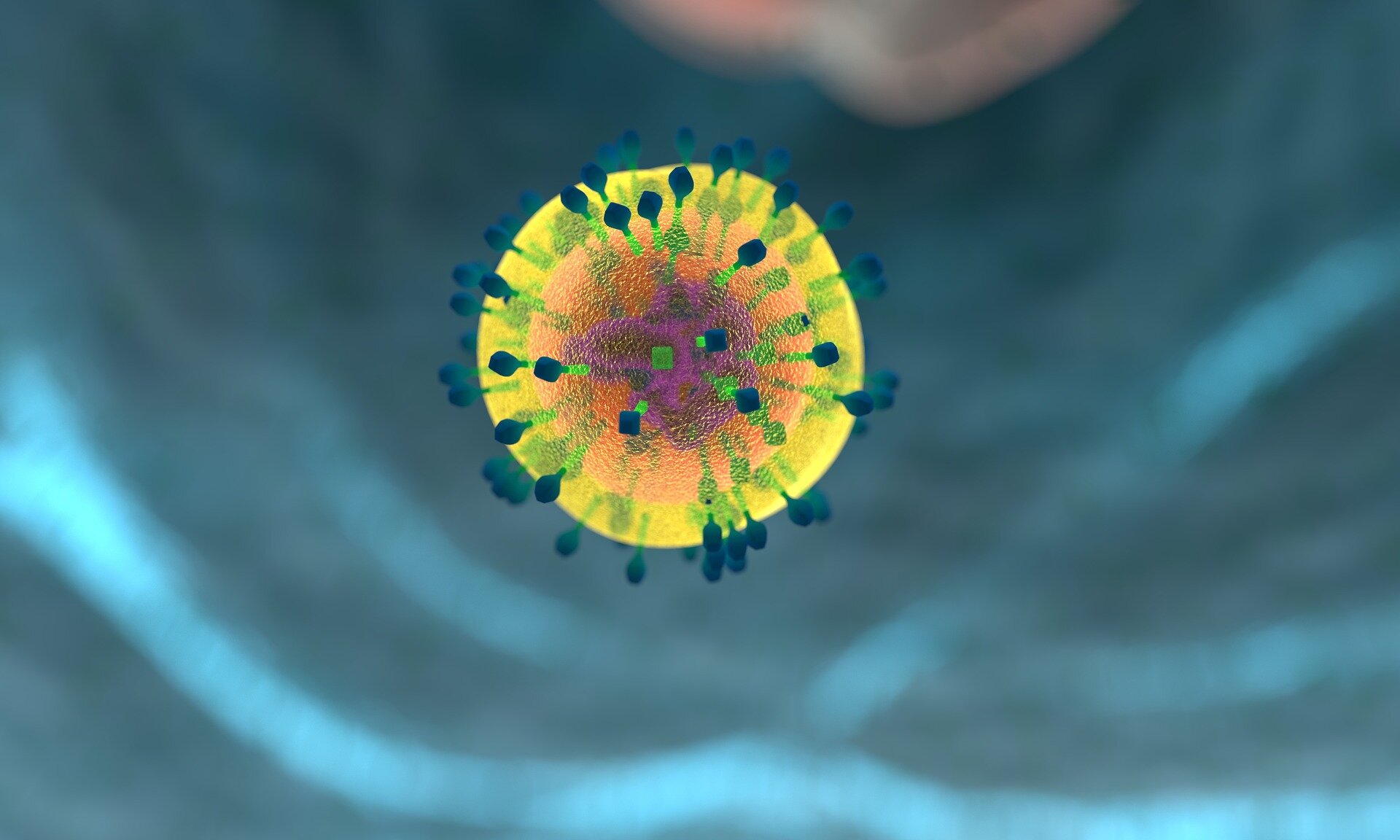
Scientists on the Francis Crick Institute have discovered a brand new therapy goal for CDKL5 deficiency dysfunction (CDD), one of the vital frequent sorts of genetic epilepsy.
CDD causes seizures and impaired growth in youngsters, and medicines are restricted to managing signs moderately than tackling the basis explanation for the illness. The dysfunction includes dropping the perform of a gene producing the CDKL5 enzyme, which phosphorylates proteins, which means it provides an additional phosphate molecule to change their perform.
Following current analysis from the identical lab displaying {that a} calcium channel could possibly be a goal for remedy for CDD, the group has now recognized a brand new solution to doubtlessly deal with CDD by boosting one other enzyme’s exercise to compensate for the lack of CDKL5.
In analysis revealed in Molecular Psychiatry, the scientists studied mice that do not make the CDKL5 enzyme. These mice present comparable signs to folks with CDD, akin to impaired studying or social interplay.
The researchers first recognized that CDKL5 is energetic in nerve cells in mice however not in one other kind of mind cell referred to as an astrocyte. Within the nerve cells, they measured the extent of phosphorylation of EB2, a molecule recognized to be focused by CDKL5, to know what occurs when CDKL5 is not produced.
Curiously, even in mice that do not produce CDKL5, there was nonetheless some EB2 phosphorylation happening, which instructed that one other comparable enzyme should additionally be capable to phosphorylate it.
By taking a look at enzymes much like CDKL5, the researchers recognized that one referred to as CDKL2 additionally targets EB2 and is current in human neurons. In mice with out each CDKL5 and CDKL2, the remaining EB2 phosphorylation virtually totally dropped off.
The researchers concluded that though most exercise comes from CDKL5, about 15% is from CDKL2, and the remaining < 5% from one other enzyme but to be recognized.
Their analysis means that growing the extent of CDKL2 in people who find themselves poor in CDKL5 may doubtlessly deal with a few of the results on the mind in early growth.
Sila Ultanir, Group Chief of the Kinases and Mind Improvement Laboratory on the Crick, mentioned, “CDD is a devastating situation that impacts younger youngsters from beginning, and we do not know an enormous quantity about why dropping this one enzyme is so disastrous for the growing mind. Via this analysis, we have recognized a possible solution to compensate for the lack of CDKL5. If we are able to improve ranges of CDKL2, we’d someday be capable to cease signs from growing or getting worse.”
The researchers at the moment are investigating whether or not mice with out CDKL5 will be handled by stimulating their mind cells to provide extra CDKL2. The lab can also be working with biotechnology corporations to determine molecules that improve CDKL2 for potential new medicines for CDD.
Margaux Silvestre, former Ph.D. pupil on the Crick and now postdoctoral researcher on the Max Planck Institute for Mind Analysis in Frankfurt, mentioned, “Our discoveries provide recent insights into the expression and regulation of CDKL5 within the mind. Furthermore, the identification of CDKL2 as a possible compensatory enzyme offers hope for uncovering higher remedies that might actually make a distinction within the lives of the kids with this devastating situation. This analysis owes its success to all of the authors concerned within the publication but in addition the unwavering help we obtained from the technical groups on the Crick—an enormous shoutout to them.”
Extra data:
Margaux Silvestre et al, Cell-type particular expression, regulation and compensation of CDKL5 exercise in mouse mind. Molecular Psychiatry. (2024). DOI: 10.1038/s41380-024-02434-7
The Francis Crick Institute
Quotation:
Researchers determine potential solution to deal with genetic epilepsy by changing ‘misplaced’ enzyme (2024, February 7)
retrieved 7 February 2024
from
This doc is topic to copyright. Aside from any truthful dealing for the aim of personal examine or analysis, no
half could also be reproduced with out the written permission. The content material is offered for data functions solely.







